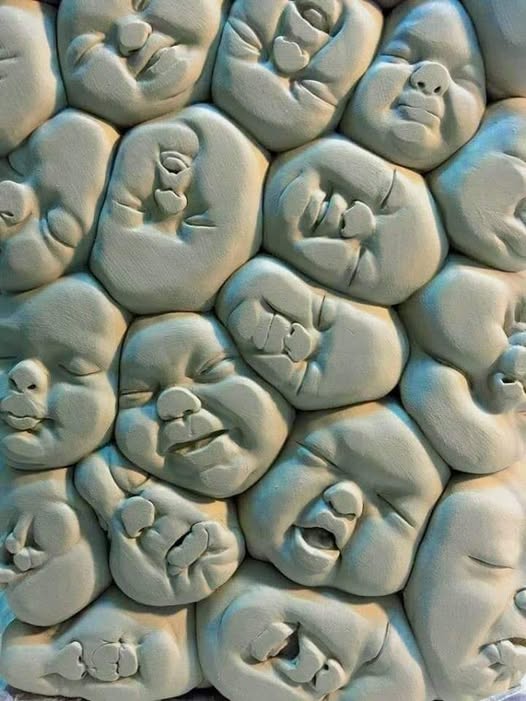
Jonathan Clark in Esquire: On March 20, 1995, members of a religious cult released toxic gas in three Tokyo subways, killing thirteen people. Some months later, the Japanese novelist Haruki Murakami happened to be reading the letters page of a banal Ladies’ Home Journal–type magazine in which a reader described her husband’s psychological inability to return to his job at the transit authority after surviving the terrorist attack. Murakami decided to interview survivors to examine the many traumatic effects of such a horrific event. The resulting book, Underground: The Tokyo Gas Attack and the Japanese Psyche, is an oral history in the vein of Studs Terkel. In one of the few moments that come from Murakami and not the victims, he inadvertently summarizes one of the core themes of his fiction. Without the ego, he explains, we lose the “narrative” of our identities, which, for him, is vital for our ability to connect with others.
Of course, a narrative is a “story,” and “stories” are neither logic, nor ethics. It is a dream you continue to have. You might, in fact, not even be aware of it. But, just like breathing, you continue incessantly to see this dream. In this dream you are just an existence with two faces. You are at once corporeal and shadow. You are the “maker” of the narrator, and at the same time you are the “player” who experiences the narrative.
Translated by Matthew Carl Strecher
The inescapable duality of human consciousness—that is the terrain of much of Murakami’s fiction. What drew him to this work of reportage also animates his inventions. Murakami’s approach to consciousness is less representational than literal, with many of his characters literally being transported to a realm created by (or wholly inside of) their minds.
These places often appear underground, in inky darkness. In Hard-Boiled Wonderland and the End of the World, it’s a vast, cavernous world crawling with creatures called INKlings. The nether realm in Killing Commendatore is referred to as the Path of Metaphor, and the narrator finds the entrance with the help of two figures from a painting. Murakami’s latest novel, The City and Its Uncertain Walls, features a library with a chilly office deep below the main building, where the narrator converses with the ghost of the previous librarian. And later, after the narrator merges with another character, they can only “meet” as separate people in a “small square room” inside his mind, lit with a single flickering flame. Wells, too, are a recurring motif.
In every instance, the existence of these impossible locations prompts bewilderment from the characters. The reader, too, is left just as confounded. How can a person go inside of himself? How are these characters traveling to these worlds? Are these other worlds real? Why are all these women vanishing all the time? And what’s with all the goddamn cats?
More here.

